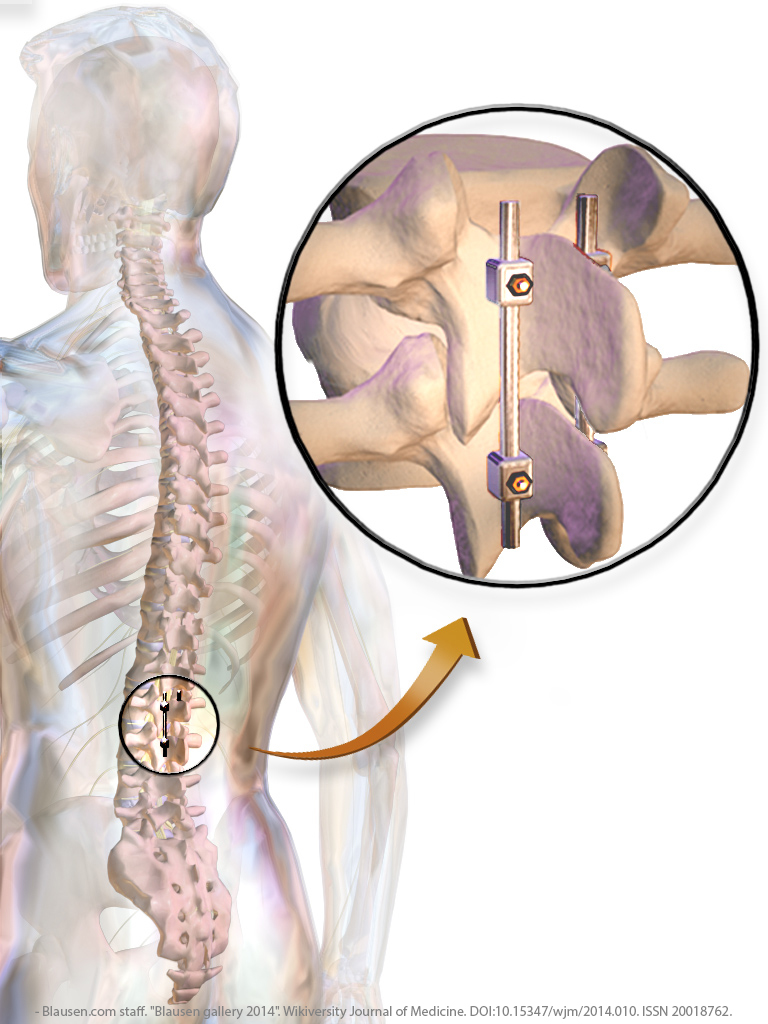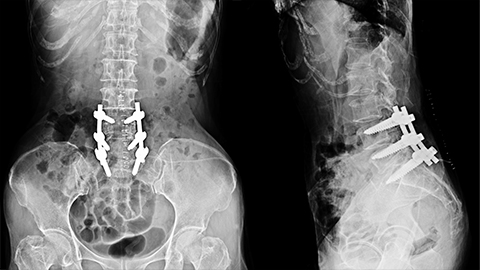
Next, the effective dose, transduction time, and gene transfer method must be established. Factors such as the potency of the gene and the specific application intended play a role in this decision. The choice of delivery vector is important. In choosing the gene, one must consider the differences in efficacy of the gene as well as the gene availability due to proprietary constraints. A critical step in using gene therapy for bone formation is choosing an appropriate osteoinductive gene. This article will review the state of the art of local gene therapy for bone formation and to highlight specific issues, which must be addressed when pursuing such a program. Gene therapy for spine fusion and other bone healing applications are being pursued as an alternative strategy. Despite these successes, limitations of directly applying osteoinductive proteins related to cost and carriers remain to be overcome. At this point, recombinant human bone morphogenetic protein-2 has received FDA approved for lumbar interbody application with titanium cages. Both recombinant and purified osteoinductive cytokines have been studied in pilot and pivotal studies in humans. This is a significant clinical problem and has led to research in bone formation biology to augment spine fusion rates. Despite best efforts, a large percentage of spine fusions (up to 35%) fail to form a solid bony arthrodesis. This constitutes 50% of all bone graft procedures. Trust your back health to the best spine doctors in Ohio.Ĭall us at (440) 892-1440 or request an appointment online by filling out our simple form.Over 250 000 patients each year undergo a spine fusion procedure in the US. If you or someone you know has back problems, contact Orthopaedic Associates today. Minimally invasive spinal fusion is rapidly becoming the favored method of spine surgery, as it does not require large open incisions or the cutting of any muscle tissue. The only time hardware is not used is when someone’s bones are so weak or brittle, the hardware would do more harm than good. This also assists the grafts in properly connecting with the vertebrae.

Most fusions are done with the insertion of hardware, which helps speed up the time between surgery and when the vertebrae finally grow together and become biologically fused. It also depends on what needs to be corrected. There are a variety of spinal fusion techniques, and each depends on the location of the spine that requires surgical treatment. Progressive bone illnesses – such as arthritis – often require additional fusions of vertebrae, either above or below the initial fusion area, in order to provide back pain relief or improved stability. Once traditional measures have been exhausted and have been proven not to work for you, a doctor may recommend spinal fusion to correct the problematic area of the back.Īlthough fusion surgery is widely performed for a variety of reasons, its effectiveness for relieving simple back pain is limited. Kyphosis (outward curving of the upper back).

There are a number of reasons why a doctor may recommend spinal fusion surgery, including:

The physician will briefly and gently push aside the back muscles, insert the graft material where the disc was, and then fasten those vertebrae together to hold them in place while the sections fuse. If only two or three vertebrae are being fused, the surgeon can make a relatively small incision. Advances have been extremely helpful in making this procedure far less invasive and with a much shorter recovery period afterward. This surgery was previously a highly invasive procedure, requiring a large open incision in the back that greatly exposed the spine. This small section of the spine will not be flexible anymore but should also not be painful anymore. The vertebrae may be held in place with plates, rods, or screws, creating a single unit of bone. Spinal fusion – also called spondylodesis – may be done by replacing the disc with a bone graft or similar material, enabling the bones to heal together naturally. This is a serious operation and is usually done only after less-invasive measures like medication, injections, physical therapy, and other conservative methods have not worked. In an effort to strengthen your spine and reduce your back pain, your doctor may recommend spinal fusion – which is the medical fusing of two or more vertebrae together in the spinal column.


 0 kommentar(er)
0 kommentar(er)
